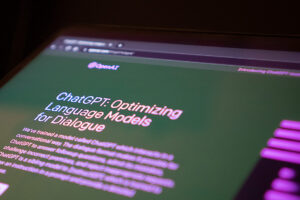This is a huge topic with so many resources, it can be overwhelming. Every once in a while, we come across resources that might be of interest to FRCS parents, so we share some of them on this blog. Here are three articles and one video of interest that we recently came upon.
Safe Social Network and Snapchat Features
SafeSocialNetwork.com provides helpful information for parents, including an eye-opening guide to teen slang and emoji usage. They also revealed three features of Snapchat parents should know about:
- Snap Map allows location sharing between users. While it can be helpful for friends on Snapchat who want to meet in person, those “friends” are not always who they say they are. Online predators, stalkers, and other dangerous persons may use the feature to locate their victims. Users should enable “Ghost Mode” in settings to disable location sharing.
- My Eyes Only is a private photo vault that is password protected and is sometimes used to store inappropriate photos. Parents should be aware that teens with My Eyes Only activated may be hiding something.
- Parental Controls is a relatively new feature Snapchat added to their Family Center. While the feature does not allow parents to view the content of their child’s Snaps, parents can see recent contacts and report suspicious accounts to Snapchat. One obstacle to the feature is that children must opt-in to the Parental Controls.
AI Image Generation and Deepfakes
With a few photos of you (or your child) on social media, new AI image generation technologies have the ability to easily create potentially life-wrecking deepfakes.
A deepfake is a video or photo of someone in which their face or body has been digitally altered so that they appear to be someone else, typically used maliciously or to spread false information.
This troubling article shows how just seven social media style photos of a made up elementary teacher could be used to put this made-up person into believable situations that give the “teacher” a hidden life.
Close inspection by someone who knows what to look for reveals that the photos are not real, but to the untrained eye, they are troublingly convincing. And the technology is constantly improving.
Read the article for more details and a couple of suggestions for protecting yourself and your kids.
Teen Brain Development and Social Media
The preliminary results of a long-term study on neural development in teens and technology use reveal that the habit of checking of social media in adolescents is linked with changes in how their brains respond to the world around them, including making them hypersensitive to peer feedback.
While the article does not go into great detail about the preliminary results, it is definitely something parents need to be aware of and something we will keep an eye on.
Cheating with ChatGPT
If you haven’t yet heard of ChatGPT, you likely will learn more about it soon. It’s a chatbot designed to interact with users in a conversational way, mimicking human responses with surprisingly convincing language. One area of concern for schools (secondary schools and colleges) is that it can be used for cheating. This video shows a Wall Street Journal reporter who enrolled in an AP English class and used ChatGPT to see if it would help her cheat her way through the class. We encourage parents to be aware of the technology and have discussions with your children as appropriate.
There are already some working on apps to help teachers detect if essays were written via ChatGPT.
updated January 25: Here’s another article about ChatGPT and its passing grade on an MBA exam.








[…] See also: Raising children in the Digital Age […]